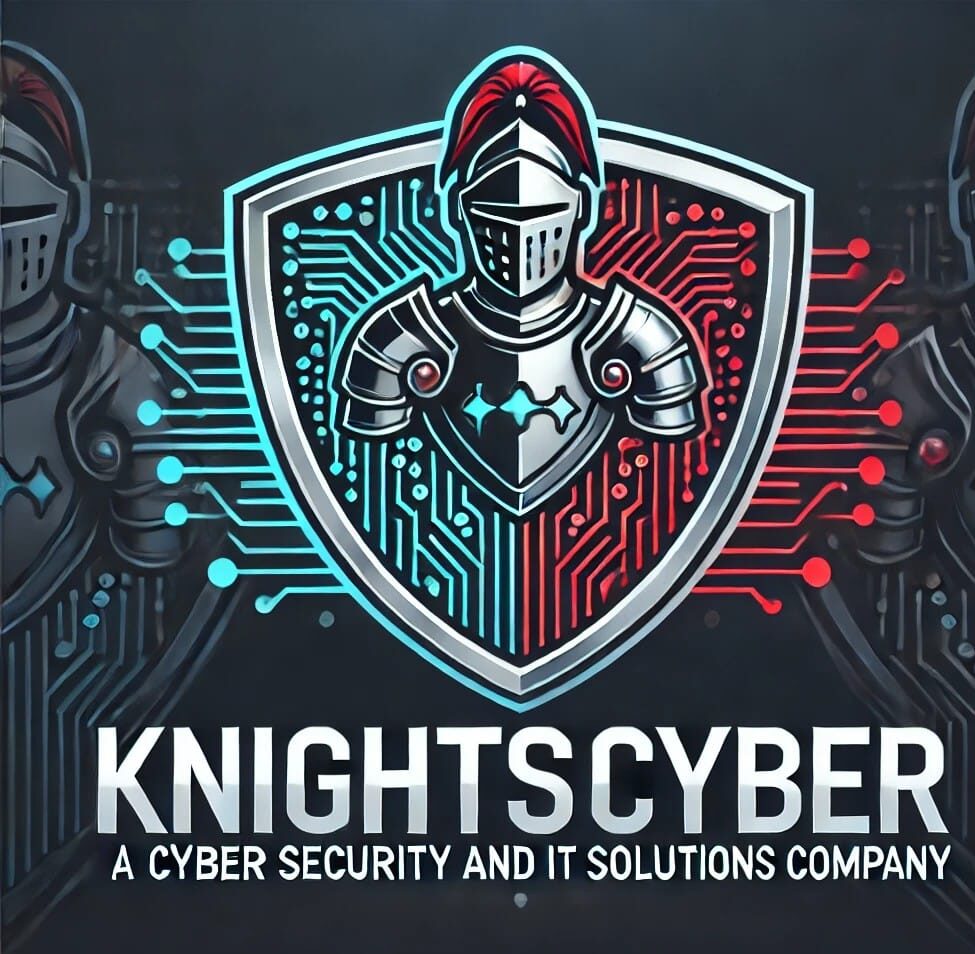Enhancing Hyperautomation Security: The Crucial Role of AI in Cybersecurity
Artifical Intelligence, CyberSecurity# Enhancing Hyperautomation Security: The Crucial Role of AI in Cybersecurity
As the digital landscape continues to evolve, the convergence of hyperautomation and artificial intelligence (AI) is shaping the future of numerous industries. This synergy is especially crucial in the realm of cybersecurity, where AI is not only enhancing hyperautomation but also fortifying its defenses. In this article, we delve into the pivotal role of AI in ensuring robust cybersecurity within hyperautomated environments.
## Understanding Hyperautomation and Its Implications
Hyperautomation refers to the utilization of advanced technologies, such as AI and machine learning, to automate processes that were once manual and repetitive. It goes beyond basic automation, aiming to integrate systems and orchestrate processes across various business functions. **The primary goals** of hyperautomation include increased efficiency, improved accuracy, cost reduction, and enhanced decision-making capabilities.
However, as hyperautomation expands its reach, it also **introduces new cybersecurity challenges**. Automated systems often handle vast amounts of sensitive data, making them attractive targets for cybercriminals. This necessitates a proactive approach to cybersecurity, where AI plays an indispensable role.
## AI: The Cybersecurity Vanguard in Hyperautomation
AI’s intrinsic capabilities enable it to address some of the most pressing security challenges within hyperautomation. Here are key aspects where AI fortifies cybersecurity:
### 1. **Threat Detection and Response**
AI-powered systems excel in processing vast amounts of data in real-time, making them perfect for identifying potential threats.
– **Anomaly Detection:** AI algorithms can detect anomalies in network traffic and user behavior that might indicate security breaches.
– **Predictive Analytics:** AI can foresee potential threats by analyzing historical data and patterns, enabling preemptive measures.
– **Automated Response:** Upon detecting a threat, AI systems can initiate automatic countermeasures, minimizing the response time.
### 2. **Vulnerability Management**
Hyperautomation environments are intricate, often comprising numerous interconnected components. Identifying vulnerabilities in such complex systems can be daunting for traditional security methods.
– **Prioritization of Risks:** AI helps in assessing the impact of various vulnerabilities, guiding security teams to prioritize and remediate the most critical ones.
– **Automated Patching:** Routine security updates can be automated, ensuring systems remain protected against known threats.
### 3. **Identity and Access Management (IAM)**
Securing identities and managing access is crucial in hyperautomation.
– **Adaptive Authentication:** AI can adapt authentication processes based on user behavior, employing additional security measures when anomalies are detected.
– **Access Control:** By continuously monitoring access patterns, AI can recommend adjustments to ensure that only authorized personnel can access sensitive data.
### 4. **Data Protection and Privacy**
AI also strengthens data protection mechanisms in hyperautomation environments.
– **Data Encryption and Tokenization:** AI-driven encryption models enhance data security, making unauthorized access extremely difficult.
– **Privacy Compliance:** AI tools can assist in monitoring and ensuring compliance with data privacy regulations, such as GDPR and CCPA.
## Overcoming Challenges with AI in Cybersecurity
Despite its benefits, incorporating AI into cybersecurity presents certain challenges:
### 1. **False Positives and Negatives**
AI systems can sometimes flag legitimate activities as threats while missing real dangers. Continuous tuning and machine learning model updates are necessary to minimize such errors.
### 2. **Adversarial Attacks**
Cybercriminals are also leveraging AI to circumvent security measures. Developing robust AI models that can defend against adversarial attacks is imperative.
### 3. **Resource Intensive**
AI systems require substantial computational resources and expertise. Organizations must be prepared for potential increases in costs and infrastructure demands.
## Best Practices for Implementing AI in Hyperautomation Security
To effectively leverage AI in bolstering cybersecurity in hyperautomation, organizations should consider several best practices:
### 1. **Integration with Existing Ecosystems**
Ensure that AI solutions can seamlessly integrate with existing IT infrastructure to maximize their effectiveness. This includes compatibility with current hardware and software systems.
### 2. **Continuous Learning and Adaptation**
AI solutions should not be static. Continuous training with new data enables systems to adapt and improve over time, staying ahead of emerging threats.
### 3. **Cross-Functional Collaboration**
Cybersecurity should not be siloed. Encourage collaboration between IT, security, and business units to create a comprehensive security strategy that addresses all potential vulnerabilities.
### 4. **Invest in Skill Development**
As AI becomes more integrated into cybersecurity strategies, equipping employees with the necessary skills to manage and optimize these technologies is crucial.
### 5. **Regular Audits and Assessments**
Routine security audits and assessments can help identify gaps and weaknesses in the current security posture, ensuring that AI systems are functioning as intended.
## The Future of AI in Hyperautomation and Cybersecurity
The role of AI in enhancing hyperautomation security is set to grow. As AI technologies mature, they will become more adept at predicting and neutralizing sophisticated cyber threats. Organizations adopting these technologies will find themselves better equipped to maintain operational efficacy while safeguarding critical assets from cyber threats.
In conclusion, AI is not merely an enhancement to hyperautomation but a necessity for securing hyperautomated environments. By embracing AI-driven cybersecurity measures, businesses can ensure a safer, more resilient digital future. More than ever, the call to action is clear: integrate AI and amplify hyperautomation security initiatives now to shield against the ever-evolving landscape of cyber threats.
